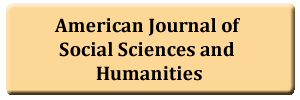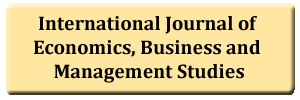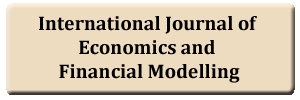Prevalence and determinants of hookah smoking among emerging adults in South-South Nigeria
DOI:
https://doi.org/10.55284/gjss.v10i1.1110Keywords:
Emerging adults, Hookah, Prevalence, Shisha, Smoking, Tobacco, Waterpipe.Abstract
The study investigated the prevalence and determinants of hookah smoking otherwise known as shisha in Nigeria, where the habit is gaining popularity. It focuses on the South-South geopolitical zone of Nigeria, and the assumptions of the Routine Activity Theory and the Diffusion of Innovations Theory were adopted to guide the study. Cross-sectional research design and multiple sampling technique were employed to select 738 respondents from locations, such as Sit-Outs, bars, and lounges/nightclubs in the study area, based on the calculated sample size. To facilitate efficient data collection and reduce potential data entry errors, Open Data Kit (ODK) Collect mobile application was used to administer a structured questionnaire. The respondents were within the age range of 18 to 32 years with a mean age of 25 SD± 4, the findings showed 74.7% past/ever smoked hookah and 60% current hookah smoking prevalence, and highlighted a historical engagement and experimentation with hookah within the study’s target population. State-wise prevalence was examined among the states, result indicates that Rivers State had the highest prevalence, while Akwa Ibom State had the lowest prevalence. Results of the Chi-square and Analysis of Variance (ANOVA) statistical tests showed significant relationships between demographic, psycho-social factors and the prevalence of hookah smoking among emerging adults in the study area and no significant difference in the prevalence of hookah smoking across the states. Regulatory refinement and reinforcement and development of target-based education and media literacy campaigns regarding the dangers of hookah smoking were recommended.





